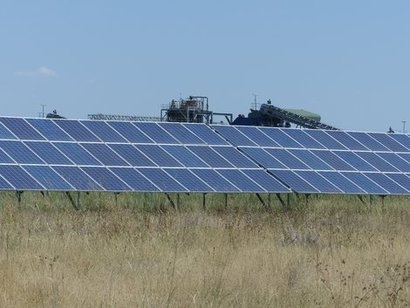
In the last few years, more and more mining companies have adopted wind and solar systems to reduce their energy costs at remote off-grid mines. In this first phase, the initial focus was on the integration capabilities as miners were afraid that adding intermittent renewables such as solar and wind could affect the reliability of power supply and even lead to production losses. In various microgrid applications, renewables combined with diesel, HFO, or gas have proven to provide reliable power supply to remote mines.
For almost all mines, the integration of renewables will have a positive impact on their energy cost position. Mining companies do not have to invest their own money; independent power providers (IPPs) invest in the renewable energy infrastructure and sell electricity to mines through power purchase agreements (PPAs).
“This second market phase is characterised by price competition” said Thomas Hillig, managing director of THEnergy. “With the support of a leading renewable energy player, the new report analyses how IPPs can offer extremely competitive PPAs to remote miners.”
Large IPPs take advantage of economies of scale on components for solar and wind power plants not only for remote mining projects but also for much bigger grid-connected plants. Market leaders have managed to optimize the planning and construction processes substantially. However, conducting projects in remote locations, especially in Africa, requires an extended experience. Amongst the challenges of undertaking projects in Africa is financing, which requires an excellent relationship with local and international banks.
Cost optimisation does not necessarily mean minimising CAPEX but rather focusing on the total lifetime of the project and including O&M. It is also important to take the interplay of the different energy sources into consideration. Not every kWh of solar and wind energy generated means equivalent fossil fuel savings. When gensets run at suboptimal loads, they lose efficiency and require additional maintenance.
Alexis Goybet, Head of Hybrid Solutions at Voltalia, added that during the last 14 years, the company has gained experience in renewable energy projects including solar-diesel hybrid microgrids, projects in remote locations and in developing countries and that this adds to the company’s economies of scale in procurement, translating into significant overall cost-reductions in the range of 20-30 percent in comparison to new market entrants.
These overall cost reductions will make solar and wind energy extremely attractive for many mines. The number of remote mines that add renewables to diesel, HFO or gas is expected to grow quickly all over Africa.
For additional information:
THEnergy-Voltalia Report: Optimizing costs of renewable energy for the mining industry

